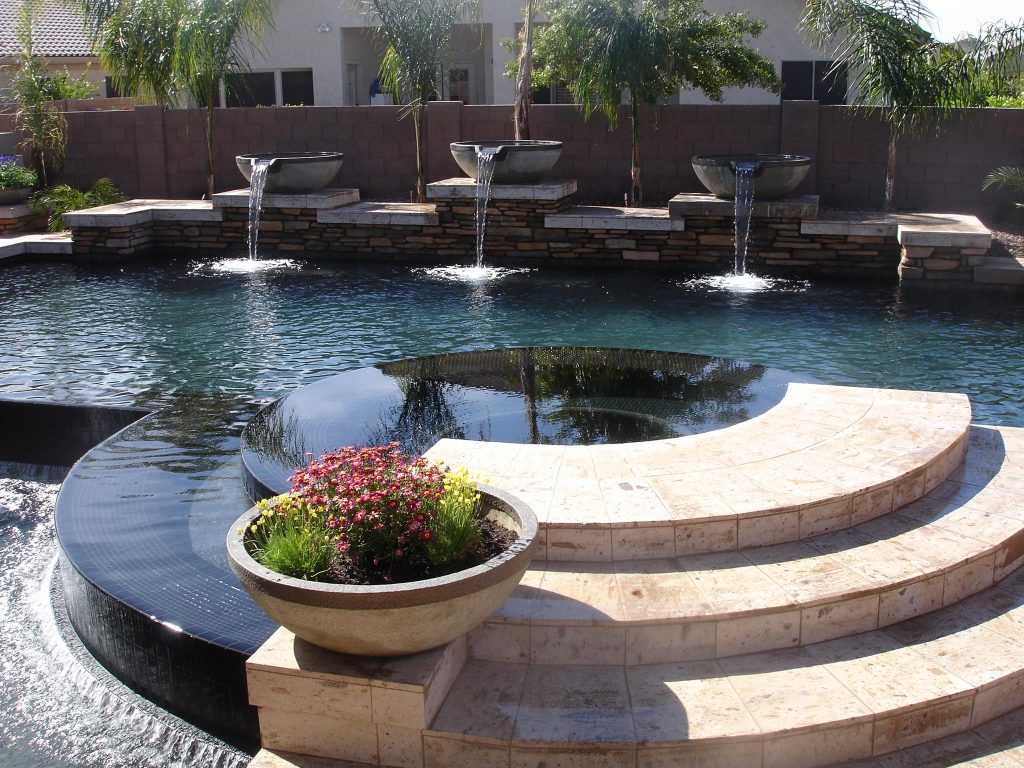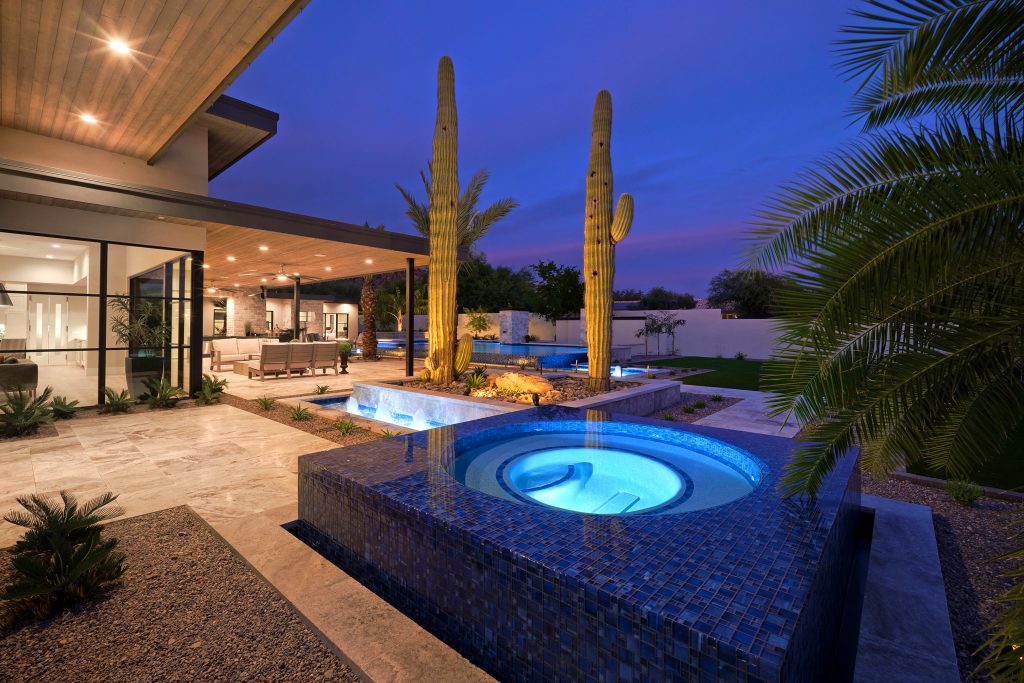Outgrowing the ‘Pool Guy’


The labels watershapers use to describe who they are and what they do for a living matter in more ways than one, argues Kevin Woodhurst. Because professional terminology reflects an underlying value system and industry culture, there’s one term in particular that he believes should be permanently retired.
By Kevin Woodhurst
Somebody has to say this – it’s long past time to stop using the term “pool guy.”
I understand there’s a certain down-home, ahh-shucks, folksy appeal; but, in an industry that has experienced more than its share of growing pains, reputational issues, and ultimately has dramatically evolved, clearly the time has come to move beyond that hokey and shopworn label.
(Note: I’d feel this way about the term “pool gal” but I’ve never actually heard it used.)
So, what’s my problem? When I hear people describe themselves as “pool guys” — and you know who you are — it evokes memories of a defunct industry culture, and a time when we were collectively very different than we are now.
Fact is, much has changed over the past 30 years. We are no longer an industry focused on template pools and limited possibilities. Instead, the maturation of the industry, the technology now used, and the level of complexity within these bodies of water beckons a more professional designation.
If we hope to attract talented young people who aspire to call this a career, it makes sense to re-invent if not re-evaluate what we do, what we create, and what we deliver. It’s more than just labeling, but understanding how we view what we do. What contributions are we as an industry providing to the world? How are we contributing as a composite to quality of life, health, exercise, smiles, happiness, confidence and on and on?
What can that moniker be to faithfully represent what are we as a whole? Professionally speaking, these are existential concepts, and I just don’t think “pool guy” gets any of that across.
MY MAPS AND LEGENDS
I’ve spent half of my adult life in this amazing industry. I’ve worked in many capacities, moved through many chapters, and worn many hats. It’s one of those vocations “where you can check out anytime you like but you can never leave,” at least it’s been that way for me. There is just something about this H2O business that draws me back time and again.

Maybe it’s because I was born under a water sign. Or, far more likely, it’s the smiles I see on faces when they experience the pool environments we as an industry design and build; and, of course, all the wonderful people I’ve met along the way. As a result of my association in the industry, I’ve been afforded the opportunity to own pools of my own, and watch my children learn to swim at an early age and become empowered by their ability to move in the water. As a result, I believe they are more confident people.
Although I have spent most of my time in design, sales, and construction, years ago I built several service routes and sold them. Along that journey I went down the road of Tech 1 & Tech 2 as well as the NSPI/APSP CSP-CBP certification/designations.
I also went through the CBP, CPO, CPO Instructor and AFO programs and certifications, mostly because I wanted to understand and have an inside look at what another side of our industry does, with real world experience in doing so.
UNIFIED PURPOSE
I have a deep respect for those that work out in the heat/cold, inclement weather and get the job done. I tip my hat to those professionals who keep the pools running and looking beautiful. Your contributions are just as important as any others within the wheelhouse of this industry.
When you break this industry apart, we find multiple layers of disciplines, each one is an important spoke of the wheel. We are in many ways interdependent on each other. It is a certain mindset to consider how or why this is the case as it is far too easy to assume any one is more important than the other. Breaking that down further we get to a few specific areas.
- Design/Sales
- Construction
- Service & Repair
- Manufacturing
- Distribution
- Operators
I happened to find my place in the design – sales – and construction side. Much of my skillset revolved around making connections and talking to people, and I was relatively good at painting pictures visually and could easily imagine results. Spending time in the early days of the Genesis program added to this. Point being get out and get some education along your path, it will do you good.
BALANCING THE SPOKES
The roles are diverse, but they are ultimately part of the same effort, and the same profession with the same ultimate objectives. This is one of the reasons I believe you need to include everyone within your organization, when possible, to join the tables of meetings, discussions and problem solving at least on a quarterly schedule.

This allows each department to understand the roles and responsibilities within the organization. You just never know what solutions may come out of the contributions of cross department problem solving.
Your most valuable asset is in fact your staff. In an effective team setting, companies are able to tap into their knowledge or experience of everyone. You may be surprised, when you’re open-minded just how much they have and are willing to offer. Furthermore, allowing this will inevitably inspire more to want to contribute. The last thing you want in your organization is people that won’t say anything. Give them the opportunity and watch what happens to morale let alone teamwork.
Throughout the years I heard over and over about the disconnect between sales and construction at other companies. Yes, you’re going to have issues but there is no reason why there must be a disconnect. I am telling you we solved much of it by being a team rather than the opposite with each division clearly understanding the importance of the other.
This also included the office staff that played their support role. Again, we need everyone and no one group is more important than the other. In the end it is a cultural thing within an organization. What does your company culture look like and what language is the most effective in describing it?
THE ESSENCE OF THE QUESTION
When we step back and look at the big picture, I believe we can find a clearer perspective on the question of industry identity, and culture. I believe we are in the “Health and Wellness Industry,” or perhaps the “Lifestyle and Outdoor Entertainment Industry,” and maybe even the “Fun in the Sun Industry.” And we are certainly in the “Watershaping Industry.”
Ultimately, our purpose is directly tied to the value of water itself. Water is life, without it we don’t survive. All living things depend on it. And we humans are attracted to water like few others as a result. The sound of running water stirs our souls, the connection to it mesmerizes and calms us. There is just something magical about crystal clear, clean water to jump into, swim in and immerse yourself within. Even the sound of water has its positive effects.
Consider the responsibility we take on daily. To provide clean, fresh, sanitized water for millions to play in and swim in. To design and construct projects that are safe. To create H2O habitats that inspire fun, joy and laughter. To build incredible watershapes that our end users look at from their homes or enjoy on weekends, spending time with family and friends. The commercial projects and waterparks that countless people enjoy. The memories growing up and beyond. What a responsibility, what a privilege!
This is why I say we consider a new monicker or label because we are truly ambassadors in a very special industry, all of which leads to this simple question:
How should we all, as an industry, describe what we do?
Kevin Woodhurst is a design consultant for Claffey Pools in Southlake, TX. He has been in the pool industry for over 25 years. He has been responsible directly and indirectly for the design and or construction of thousands of new swimming pool projects and remodels during this time.
Opening graphic by pitrider | Shutterstock









